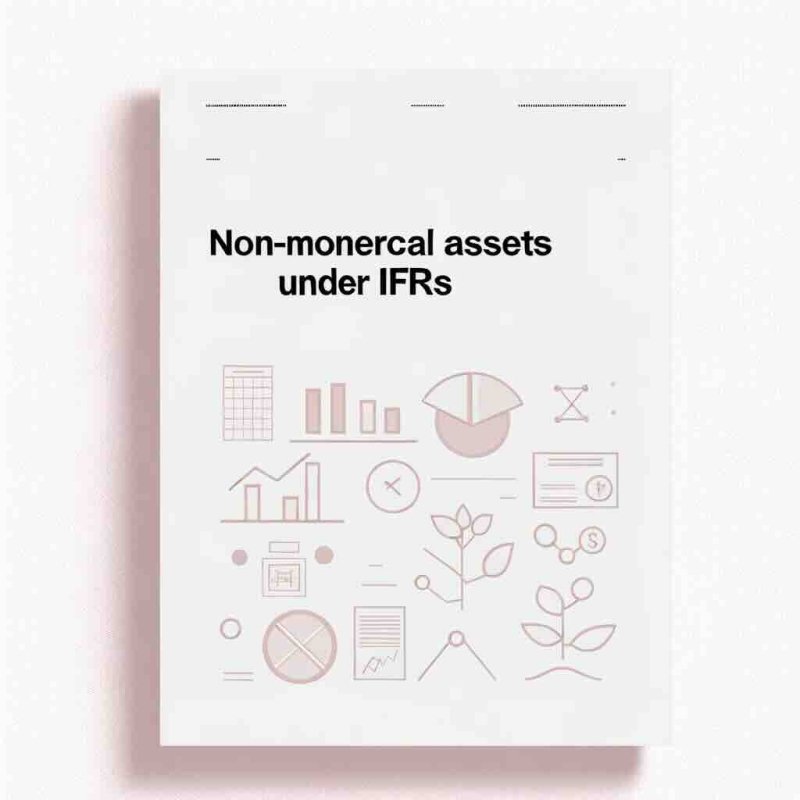Time value of money & Present value concept for finance.
What is time value of money
Imagine you've been given a choice: you can either receive $25,000 in lottery winnings now or four years from now. Most people would probably say, "I want it now." It's almost always better to have money now instead of later because prices can increase, and money can lose its value and purchasing power over time.
Right, now, you have the money to spend. But what if you want to save it instead? You can't keep it under your mattress. But if you know about the time value of money, you can figure out the best way, from several options, to make your money grow.
One of these options is an investment, which uses money or capital to purchase financial assets to gain profitable returns. You may have been in a situation where you had to decide which possible investment option was the best. However, because the value of money changes over time, it's impossible to compare, for example, cash flows that occur at different times.
To account for money changing value over time, the value that two or more amounts would have at the same time is calculated. You can either calculate an investment's future value or the present value of an amount to be received in the future.
The return on your investment is subject to factors such as the principal (p), which is the amount invested. Then consider the interest or the cost a person or institution pays to use someone else's money. It's generally added to the amount invested at regular intervals. The interest rate (i) is expressed as an annual percentage of the principal. A final consideration is a time (n), which is the number of years your money is invested for.
As a consumer, you've probably heard about inflation. Inflation is the rate at which the lender is compensated for the possible loss of an investment's value, or purchasing power, over time. Take the example of a company considering an investment that offers a 4% return. They must account for the current estimated inflation rate of 6% per year. The minimum rate of return on the investment must be high enough to make it worthwhile. In this case, inflation may end up costing the company money.
Now that you're familiar with the time value of money, we explain the concept of the present value of money.
What is Present value of money?
At some point, you, like most people, will need to predict how the outcome of a particular financial decision will affect you. Interest, future value, and present value – all play a crucial role in determining where your money should go. But, before any interest or future value calculations can be done, the values for the principal (p), interest rate (i), and time (n) are required.
Forecasting is essential for making informed investment decisions. To start forecasting investment opportunities, you need to know two things. First is the present value – the value right now of an investment that is to be received at a future date. For example, the present value of $1,000 is $1,000. Investing in it will make it grow depending on the time and the interest rate. The second is the future value – the value of a single amount at a specific future date after it has been invested, with compound interest added.
how to calculate the present value of money
When calculating future and present values, notice the relationship between them. Looking closely, you'll see that for the future value of a single amount, the present value is one of the critical components of the formula. Future value is equal to the present value – the principal invested – multiplied by the sum of 1 plus i, which is then raised to the power of n. "i" is the interest rate for the period, and "n" represents the number of periods for which the interest will be added.
Let's try this. If you have $25,000 invested at an interest rate of 4%, or a percentage fraction of 0.04, for three years – you will end up with a value of 1.125. This value is called the Future Value Interest Factor (FVIF). [A Future Value Interest Factor (FVIF) table is displayed. It shows projected future values of an amount over eight years with increasing interest rates.] When you multiply $25,000 by 1.125, you get a future value of $28,125.
Forecasting means looking forward to predicting the future. But suppose you already know what your goal is, and you want to know how much to invest now to reach that future goal. In a sense, you'll calculate backwards to get the present value. The present value is equal to the future value multiplied by the result of the following equation: one, divided by the sum of one plus I to the power of n.
The Present Value Interest Factor (PVIF) and the FVIF are available from a PVIF table that is freely downloadable off the Internet. Let's say you need $12,000 in two years. The interest rate is 5%, and you want to determine the present value, or simply, how much to invest now.
You begin by checking these numbers against the PVIF table to obtain the PVIF rate. In this case, it's 0.907. To get the present value, you multiply $12,000 by 0.907. This gives you $10,884. So if you need $12,000 in two years and the interest rate is 5%, you'd need to invest $10,884 today.
So understanding present and future value calculations will help you understand many financial concepts and accounting under IFRS.









Leave a comment